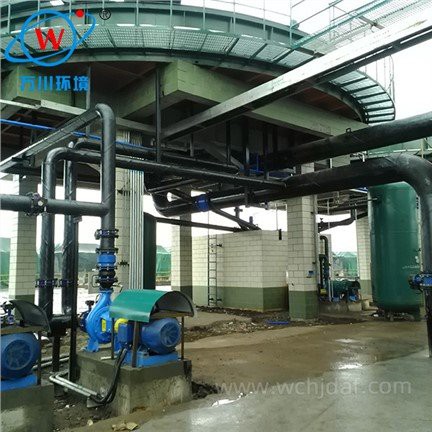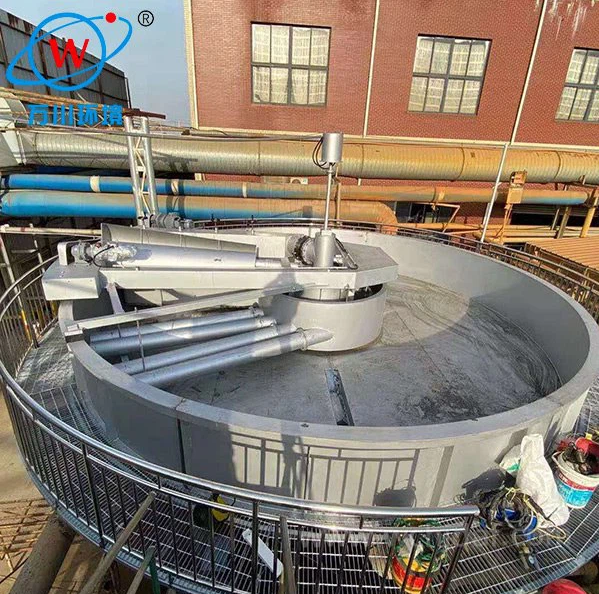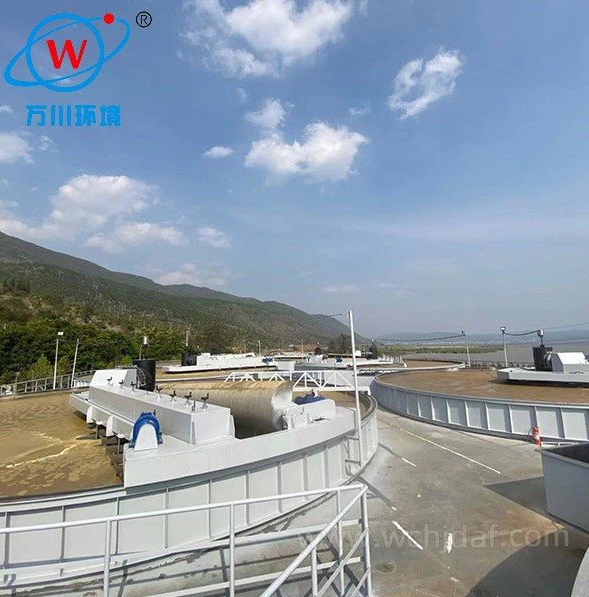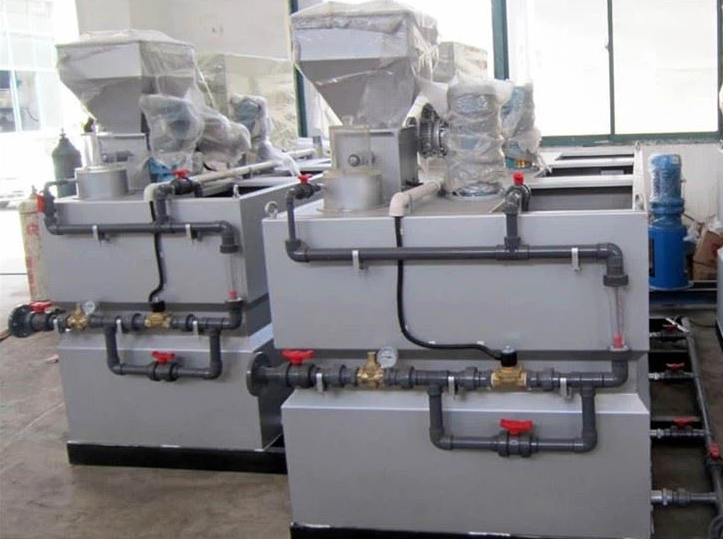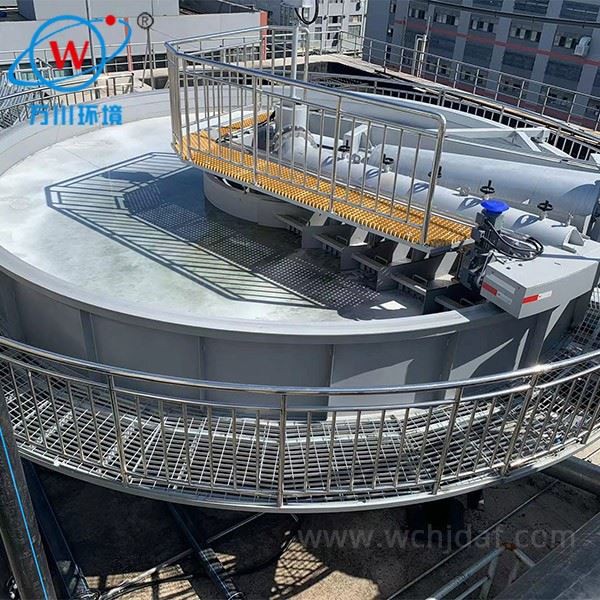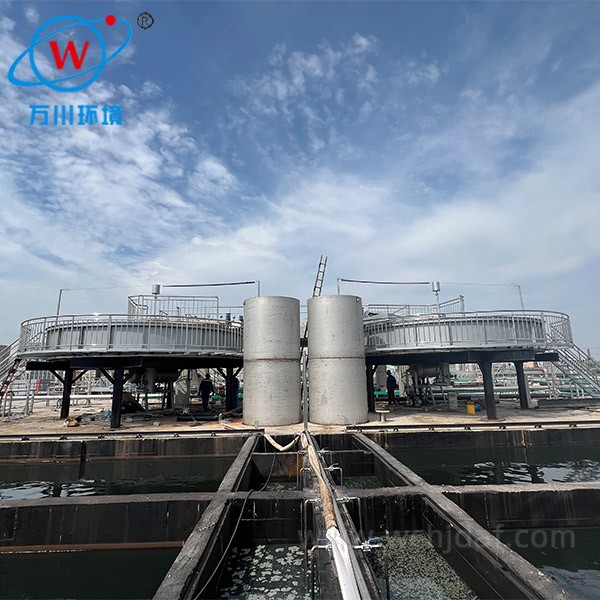Sedimentation Tank Optimization Guide
1. Optimize Water Flow Distribution
Ensure uniform diffusion of water flow upon entering the sedimentation tank to prevent excessive local flow rates. Implement strategic placement of diversion walls or baffles to guide even cross-sectional flow throughout the tank body.
Flow Control Benefits
This approach minimizes local vortices caused by flow rate differentials and prevents premature exit of water before complete sedimentation occurs. Proper flow distribution significantly improves sedimentation efficiency.
Implementation Methods
- Install perforated baffles at inlet zones
- Design gradual expansion sections
- Implement flow straightening vanes
- Use computational fluid dynamics for optimal placement
2. Tank Body Structure Design
The tank's geometry must correspond to treatment capacity requirements. Improper dimensions (excessive narrowness or shallowness) create turbulent flow conditions detrimental to sedimentation.
Critical Design Principle: Eliminate all internal protrusions and irregular angles that might create dead zones or unintended flow acceleration channels.
Structural Considerations
- Maintain length-to-width ratio between 3:1 to 5:1
- Ensure minimum sidewall height for adequate detention
- Implement smooth transitional geometries
- Include rounded corners in design
3. Inlet/Outlet Device Improvements
Install energy dissipation mechanisms at inlets to reduce hydraulic impact and prevent bottom disturbance. Outlet configurations require careful design for uniform distribution and proper submergence.
Hydraulic Performance Targets
Maintain consistent surface loading rates and equal detention times across all tank sections. Prevent preferential flow paths that allow surface water to bypass designed treatment processes.
Device Specifications
- Inlet stilling wells with energy dissipators
- Perforated outlet launders
- Adjustable weir systems
- Surface skimming devices
- Depth-controlled withdrawal mechanisms
4. Operational Management
Implement routine sludge removal protocols to maintain designed flow paths and prevent short-circuiting. Adapt operational parameters to accommodate influent variations.
Regular performance monitoring and timely adjustments are essential for maintaining optimal hydraulic conditions within the sedimentation basin.
Maintenance Protocols
- Automated sludge removal schedules
- Continuous flow monitoring systems
- Real-time turbidity measurement
- Preventative maintenance programs
- Operator training initiatives
5. Auxiliary Facility Integration
Strategic placement of internal components can significantly enhance flow patterns. Consider both passive and active flow control methods based on specific application requirements.
Flow Modification Options
- Installed guide vanes for flow direction control
- Compartmentalization with baffle walls
- Hydraulic mixing systems for velocity equalization
- Density current baffles
- Surface baffles for wind effect mitigation

